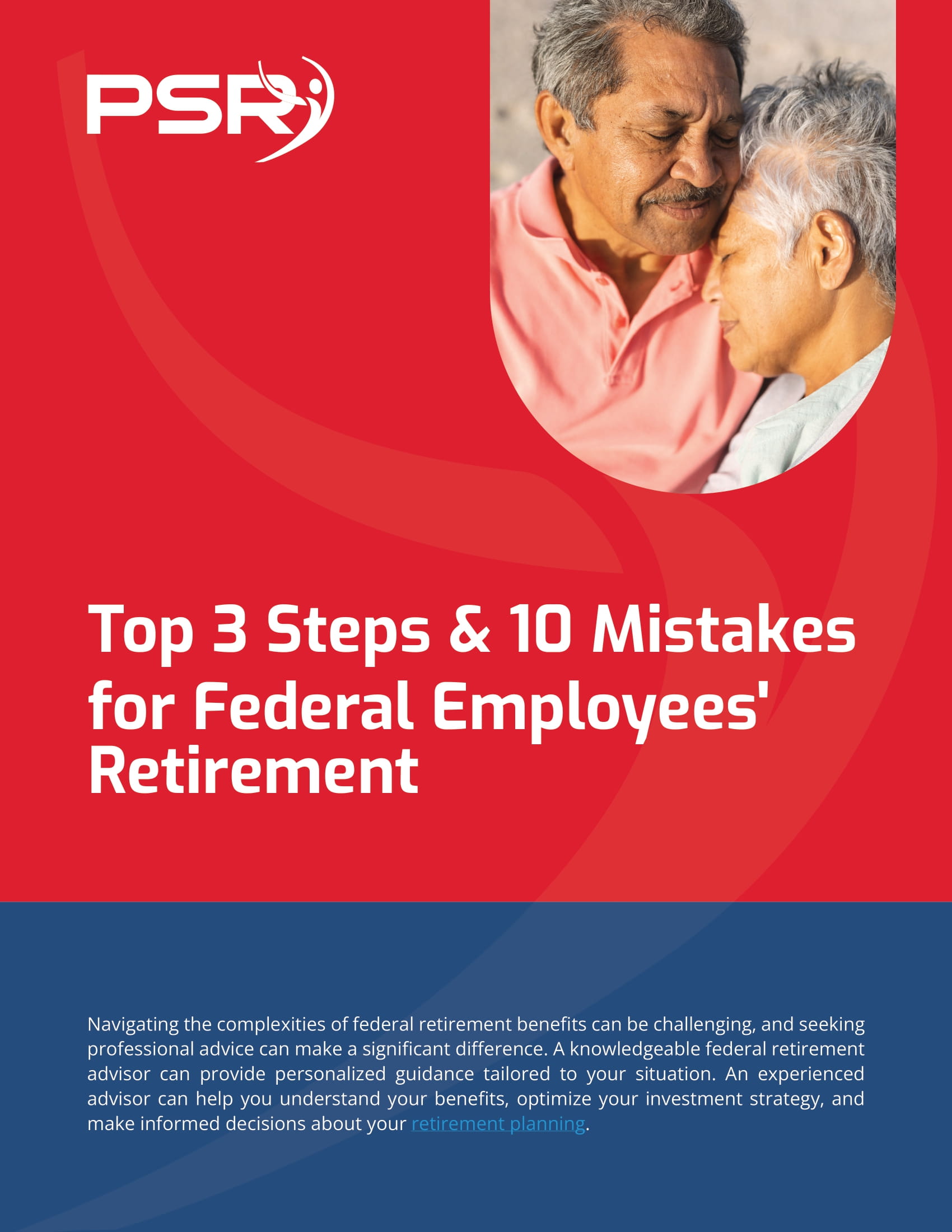Key Takeaways:
- Protecting federal retirement benefits during divorce proceedings requires understanding the division process and implementing legal strategies.
- Proper documentation and working with experienced professionals are essential to safeguard your pension and Thrift Savings Plan (TSP).
Learn How to Protect Your Federal Retirement Benefits During Divorce Proceedings
Divorce can be a challenging process, particularly when it involves the division of federal retirement benefits. For federal employees
- Also Read: The Side of Civilian Military Employment Benefits Nobody Mentions Until After You Retire
- Also Read: 4 Things You Should Consider Before Deciding When to Start Your Social Security Payments
- Also Read: Are You Eligible for the Federal Employee Retirement System (FERS)? Find Out Here
Understanding the Division of Federal Retirement Benefits
Federal retirement benefits, including the Federal Employees Retirement System (FERS), the Civil Service Retirement System (CSRS), and the Thrift Savings Plan (TSP), are often considered marital property and subject to division in a divorce. Understanding how these benefits are divided is the first step in protecting them.
Legal Framework for Division
Equitable Distribution vs. Community Property
States generally follow one of two legal principles for dividing marital property: equitable distribution or community property.
- Equitable Distribution States: These states aim to divide marital property fairly but not necessarily equally. Factors such as the length of the marriage, each spouse’s financial status, and contributions to the marriage are considered.
- Community Property States: These states typically divide all marital property 50/50. Everything acquired during the marriage is considered community property and split equally.
Types of Federal Retirement Benefits
- FERS (Federal Employees Retirement System): Includes the Basic Benefit Plan, Social Security, and the TSP.
- CSRS (Civil Service Retirement System): Provides a pension based on years of service and salary history.
- TSP (Thrift Savings Plan): A defined contribution plan similar to a 401(k), where employees contribute part of their salary and receive matching contributions from the government.
Court Orders for Division
To divide federal retirement benefits, specific court orders are required:
- Court Order Acceptable for Processing (COAP): Used for FERS and CSRS pensions, it must meet OPM requirements.
- Qualified Domestic Relations Order (QDRO): Used for TSP accounts, it must comply with TSP requirements.
Legal Strategies to Safeguard Your Pension and TSP
Protecting your federal retirement benefits during divorce proceedings involves implementing effective legal strategies. Here are some key strategies:
Understanding Your Benefits
Thoroughly understanding the specifics of your retirement benefits is essential. This includes knowing how your pension is calculated, the value of your TSP, and any other benefits you are entitled to.
- FERS and CSRS Pensions: These are typically calculated based on your years of service and your highest salary over three consecutive years.
- TSP: The balance of your TSP account can fluctuate based on contributions and market performance.
Legal Counsel
Hiring a lawyer experienced in federal retirement benefits and divorce law is crucial. They can help ensure that your interests are protected and that the division of assets is fair.
- Drafting Court Orders: Your lawyer will help draft the necessary court orders, ensuring they comply with federal requirements.
- Negotiating Settlements: An experienced lawyer can negotiate settlements that protect your retirement benefits, possibly by offsetting them with other marital assets.
Exploring Settlement Options
Consider various settlement options to protect your retirement benefits:
- Offsetting Assets: One strategy is to offset the value of your retirement benefits with other marital assets. For example, you might retain your pension while your spouse receives a larger share of the home equity or other investments.
- Altering Benefit Distribution: You can negotiate how benefits will be distributed, such as receiving a lump sum payment from your TSP rather than monthly payments.
Key Documentation and Legal Steps for Protecting Your Benefits
Proper documentation and adherence to legal procedures are essential for protecting your federal retirement benefits during divorce.
Court Orders and Compliance
Ensuring that the court orders are correctly drafted and submitted is critical:
- Court Order Acceptable for Processing (COAP): For FERS and CSRS pensions, the COAP must specify how benefits will be divided and be compliant with OPM regulations.
- Qualified Domestic Relations Order (QDRO): For TSP accounts, the QDRO must outline the division method and be approved by the TSP.
Submitting Court Orders
Submit the court orders to the appropriate federal agency:
- OPM: Submit the COAP for FERS and CSRS pensions.
- TSP: Submit the QDRO for TSP accounts.
Monitoring Compliance
Regularly follow up with the relevant agencies to ensure the court orders are being processed correctly. Confirm that the division of benefits aligns with the terms outlined in the court orders.
Updating Beneficiary Designations
Post-divorce, it is essential to update beneficiary designations for your retirement benefits. Ensure that your current wishes are reflected to avoid any unintended distributions.
- FERS and CSRS Pensions: Update the beneficiary designations with OPM.
- TSP: Update the beneficiary designations directly through the TSP.
Financial Planning Post-Divorce
Develop a new financial plan that reflects your changed circumstances post-divorce. This includes reassessing your retirement plan, budgeting for any changes in income and expenses, and adjusting your investment strategy.
- Retirement Plan Review: Reevaluate your retirement goals and timeline. Adjust your TSP contributions and investment allocations as needed.
- Budgeting: Create a new budget to account for changes in income and expenses.
- Investment Strategy: Consider working with a financial advisor to develop a new investment strategy that aligns with your post-divorce financial goals.
Seeking Ongoing Advice
Continuously seek advice from financial and legal professionals. They can provide ongoing support to ensure your retirement plan remains on track and that you are making informed decisions about your finances.
Conclusion: Securing Your Retirement Benefits
Protecting your federal retirement benefits during divorce proceedings requires understanding the legal framework, implementing effective strategies, and ensuring proper documentation. By working with experienced legal and financial professionals, you can navigate the complexities of dividing retirement benefits and secure your financial future post-divorce. Taking these proactive steps will help you achieve a fair settlement and maintain financial stability.










